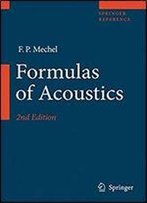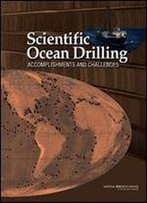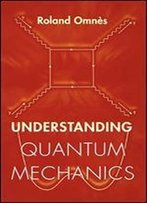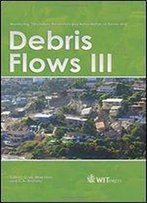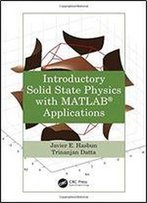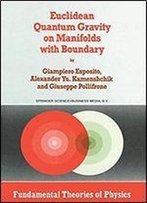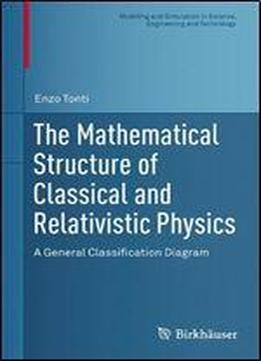
The Mathematical Structure Of Classical And Relativistic Physics: A General Classification Diagram (modeling And Simulation In Science, Engineering And Technology)
by Enzo Tonti /
2013 / English / PDF
19.3 MB Download
The theoriesdescribing seemingly unrelated areas of physics have surprising analogies that have arousedthe curiosity of scientists and motivatedefforts toidentify reasons for their existence.Comparative study of physical theories has revealed the presence of a common topological and geometric structure. The Mathematical Structure of Classical and Relativistic Physicsis the first book to analyzethis structure in depth, thereby exposing the relationship between (a) global physical variables and (b) space and time elements such as points, lines, surfaces, instants, and intervals. Combining this relationship with the inner and outer orientation of space and time allows one to construct a classification diagram for variables, equations, and other theoretical characteristics.
The bookis divided into three parts. The first introduces the framework for the above-mentioned classification, methodically developingageometric and topologicalformulationapplicable to allphysical laws and properties the second applies this formulation to a detailed study of particle dynamics, electromagnetism, deformable solids, fluid dynamics, heat conduction, and gravitation. The third part further analyses the general structure of the classification diagram for variables and equations of physical theories.
Suitable for a diverse audience of physicists, engineers, and mathematicians, The Mathematical Structure of Classical and Relativistic Physics offers a valuable resource for studying the physical world. Written at alevel accessible to graduate and advanced undergraduatestudents in mathematical physics, the book can be used as a research monograph across various areas of physics, engineering and mathematics, and as a supplemental text for a broad range of upper-level scientific coursework.
